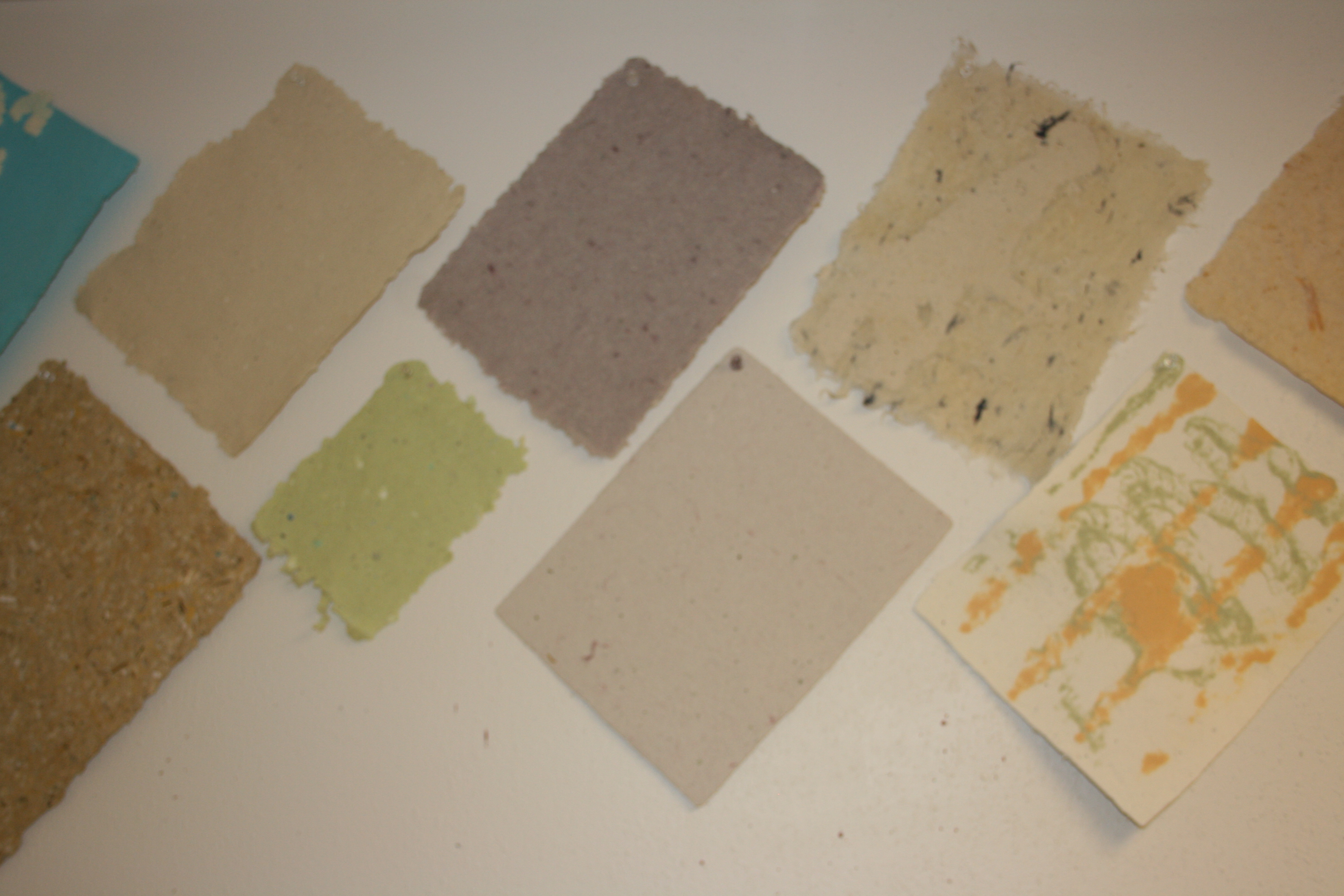Central has long been noted for its unique offerings in the art department. The college is one of only two in Iowa to offer glassblowing courses. And the department is a leader in campus sustainability efforts, with faculty taking novel steps to reduce the environmental impact of their courses.
Recently, three innovative updates were made to Lubbers Center for Visual Arts, increasing its reputation as a creative haven for Central students of all majors.
Glassblowing Studio

Central’s glassblowing program, begun in 1975, was the first in the state and featured equipment handmade by a glassblowing professor. The time had come for an update, however. The outdated gear was replaced by state-of-the-art equipment last spring.
The upgrades include a new furnace that melts glass powder or pellets to a molten state and two glory holes for reheating that glass to a workable temperature. Also included is a small unit for preheating the blow pipes and two annealers, which are used to cool finished pieces gradually, preventing cracking or breaking—a constant threat when working with glass.
The new furnaces use fuel much more efficiently, and the high-tech safety features on each furnace prevent accidents. The first class to try out the new equipment will begin in January.
“Glassblowing is hugely popular,” says Mat Kelly, assistant professor of art. “Everybody wants to take it.”
For more information on glassblowing at Central, read the article in Civitas.
Ceramics Area
The next update took place in the ceramics studio in Lubbers, where a former lecture hall was converted to expand the work area. Central’s facilities team enlarged an existing doorway between the former classroom and the ceramics studio. “It created more room to work,” says Kelly. Classes now have a space dedicated to each phase of the process.
In addition, the studio added six new metal pottery wheels, replacing older wooden models. The faculty opted for human-powered kick wheels rather than an electric equivalent. “We wanted to stay with kick wheels to keep the process as sustainable as possible,” says Kelly. The wheels have the option to be converted to run on electricity in the future, however.
Bob Andersen, adjunct instructor of art, says his students have taken to the new equipment. “We’ve had a great response,” he says. “These new wheels could last 50 to 60 years.”
Of course, sustainability isn’t the only benefit of the kick wheels. “You get a little exercise when you use them,” jokes Andersen.
Papermaking Lab
The final upgrade was one more step toward sustainable studio practices, and it brought another remarkable offering to the department. A fledging papermaking lab began with the addition of a Reina Hollander beater.
Not surprisingly, art classes use a fair amount of paper. “A lot of that was just getting thrown in the recycling bin,” says Kelly. He began to remedy the problem a year ago by buying two restaurant blenders he used to pulp down old paper into new sheets. But the equipment wasn’t efficient, and one batch would yield an average of only six workable sheets of paper.

With the Hollander beater, Central’s papermaking process has seen big improvements. The 17th century Dutch invention can pulp down paper, cotton clothing and even organic plant materials. Students collect the pulped material on screens, drain it and allow the material to dry into usable paper. One batch can produce as many as 35 sheets. “It means that we’re not buying new materials all the time,” says Kelly.
The process allows students to make paper according to their own specifications, combining different materials to create the texture, color and quality required by their projects. “The process works so well,” says Kelly, noting that students need dedicate only 90 minutes to the process. Already, students have found the equipment and process approachable.
Although individual students used the equipment last semester, Kelly will formalize the papermaking studio this spring when he teaches a papermaking and book arts course. The class will allow students to use the equipment to craft their own books using only handmade material. Because of the high interest, Kelly is already considering making the course an annual offering.
“It’s unique for a college of this size to have this piece of equipment,” says Kelly. “It will up the quality of our programs. All of these updates will.
“It’s been a huge upgrade for us,” he adds. “It’s a fantastic set of improvements.”


